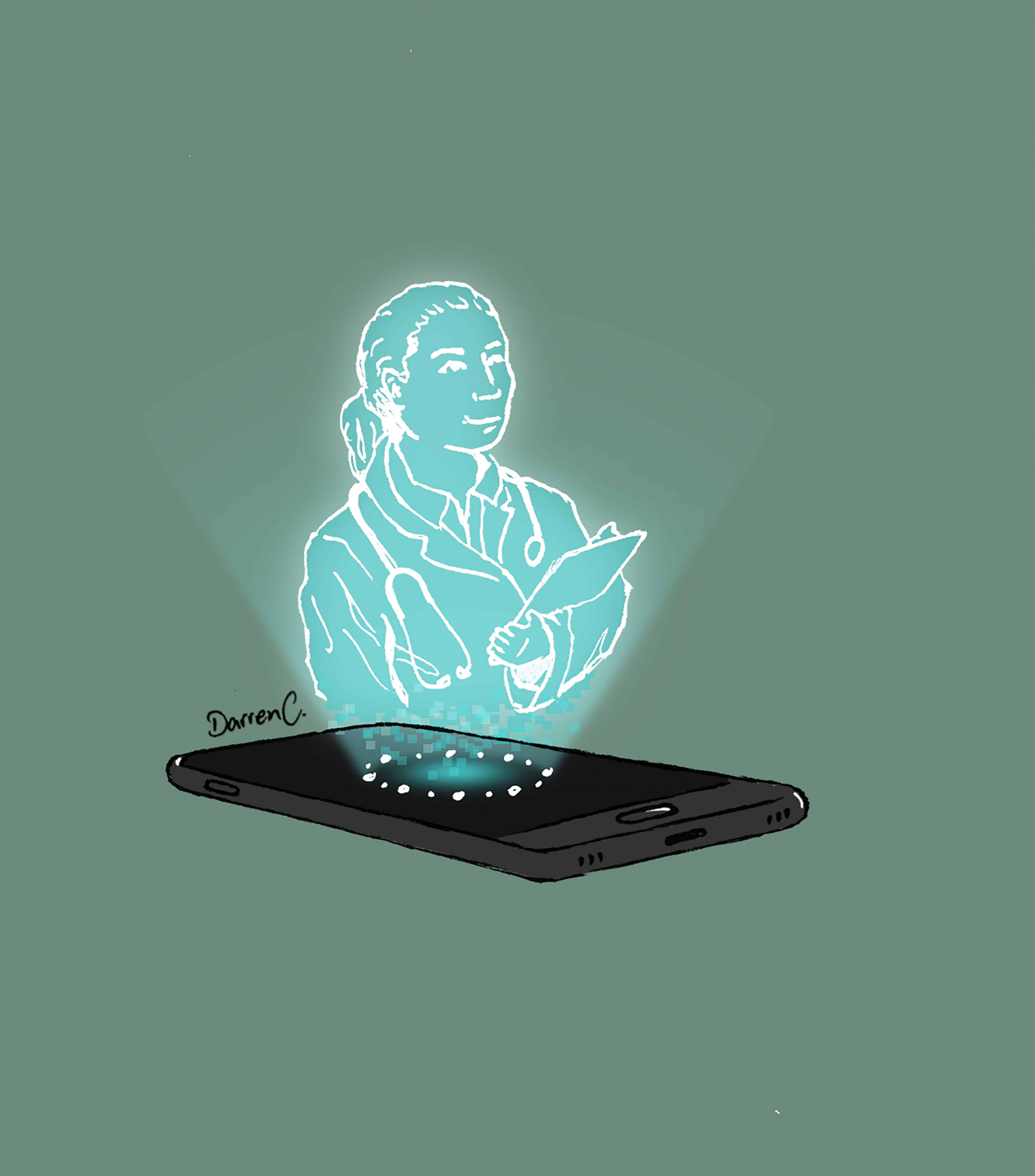On top of being diagnosed with cancer, patients are often faced with the burden of managing and assessing the severity of their symptoms without clinical supervision. This is especially the case when side-effects are expected from treatments like chemotherapy. As a result, patients are often uncertain whether or not they should alert their clinical team.
This uncertainty prompted Dr. Doris Howell, a Senior Scientist at the Princess Margaret Cancer Centre and U of T professor, to seek a way for patients to report their symptoms to a phone app. Healthcare providers would then be able to assess those symptoms remotely through the system.
Howell and her team researched the Advanced Symptom Management System (ASyMS), originally developed in the United Kingdom, and standardized it to Canadian guidelines for cancer treatment.
Around 40 to 50 per cent of patients who undergo chemotherapy for breast, colon, or lymphoma cancer wind up in the emergency room within the first four weeks of chemotherapy treatment.
Furthermore, cancer patients were only asked about their symptoms and side effects of chemotherapy at the following appointment, which is typically every 21 days. By then, patients have usually either recovered from their symptoms or are not able to clearly recall them.
Howell points out that even though patients are taught which symptoms to look out for, assessing symptoms is a complex skill.
“With the device, we’re able to actually see the adverse effects and side effects of cancer treatment in real time,” said Howell. “[We can monitor] when they occur because each drug may cause a different set of side effects on a certain time frame of the disease, and the drug regime as well.”
Currently, the app is in its pilot stage and is undergoing a randomized control trial — some patients receive a placebo of the app while others receive the experimental app.
Patients in the experimental condition receive the phone and record their symptoms at least once a day, and the system then categorizes the symptoms. Depending on the severity of the symptom, the app alerts a nurse to follow up with the patient within 30 minutes to four hours.
The app is also more personalized because patients fill out symptom questionnaires within the app, and also have the ability to input symptoms and side effects that are not anticipated.
For example, immunotherapies are not well understood and some side effects of various therapies are unanticipated. Based on registered symptoms and side effects, the app develops a symptom score that is then used to alert clinical staff.
“It’s kind of personalized in the sense of [how] the algorithms draw data from two or three of the things we’re asking about… they’ll get a red alert based on a combination of different things coming together in a symptom score that creates the alert,” said Howell.
The app has received positive reactions from patients and physicians alike. For the patients, the device is a safety-net that informs patients that their clinical team is monitoring their symptoms even when they are at home.
According to Howell, the integration of technology in cancer care is lagging when compared to cardiac disease or lung disease, which already have technology for home care.
Howell presumes this may be due to the complex nature of the disease — there are 286 different types of cancers each causing different physiological responses and in need of different types of treatments.
She attributed her Innovation Grant from the Canadian Cancer Society Research Institute to the novelty of integrating the phone-based device into patient care.
Traditionally, such grants are awarded for innovative drug discoveries. Howell and her team are paving the way for integrating technology into medical care.
“All of what we’re trying to do is co-designed with patients so that it actually does have the ease of use, the navigation ability, [is] user friendly and plus, it’s very strongly evidence based,” said Howell.
Once the pilot study is completed, the team hopes to expand the study to a full multi-site study across Ontario.
“The biggest hurdle will be getting funding for the larger study, to see whether or not it does make that difference in reducing symptoms and improving quality of life and reducing emergency department visits,” said Howell.
Editor’s Note: A previous version of this article incorrectly stated that Dr. Doris Howell was an associate professor at U of T. In fact, Dr. Howell is a professor.


